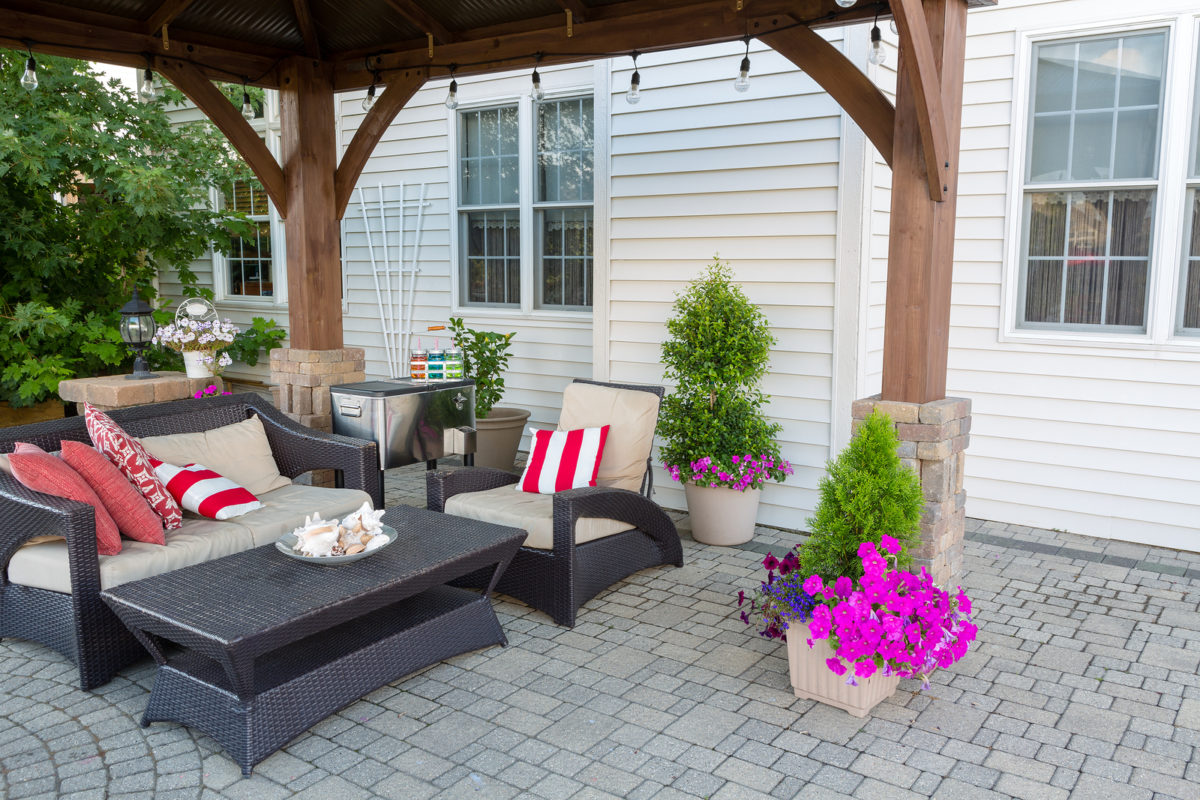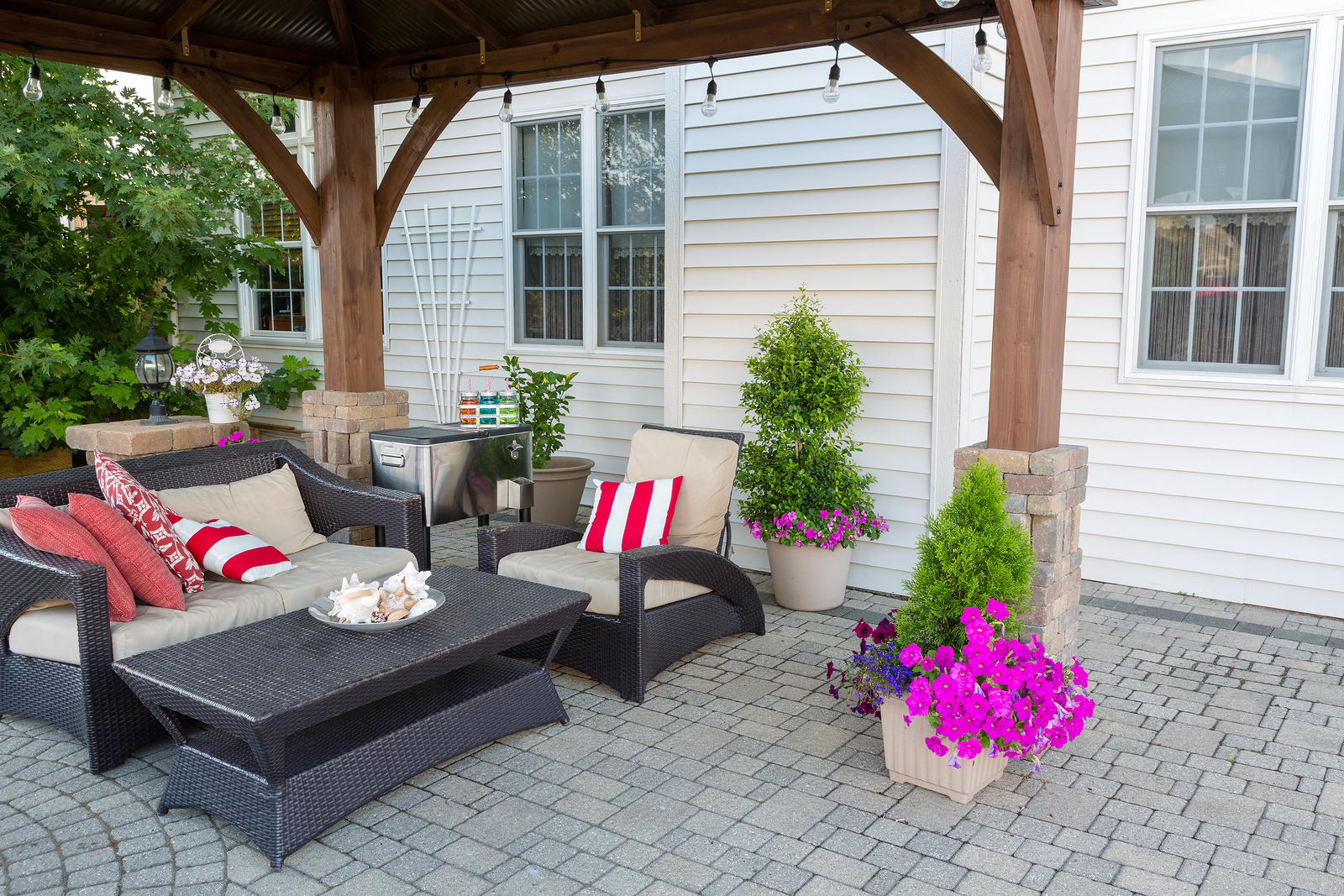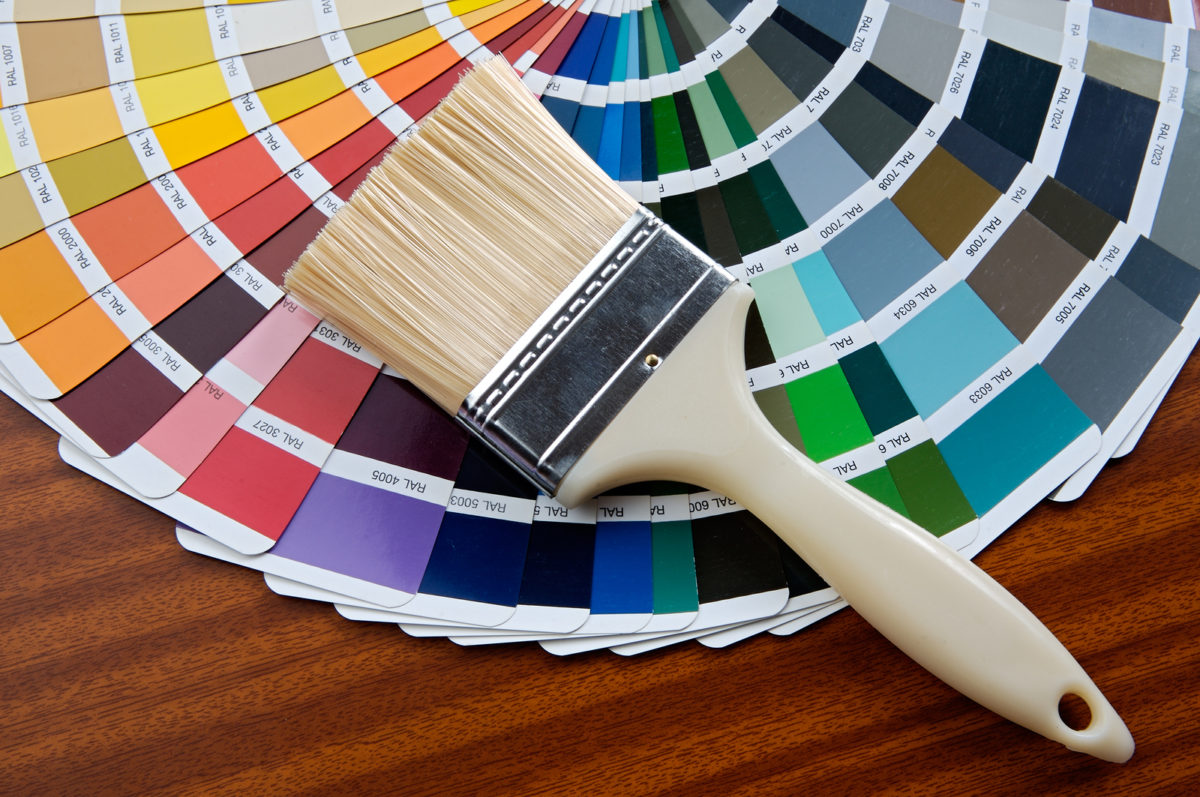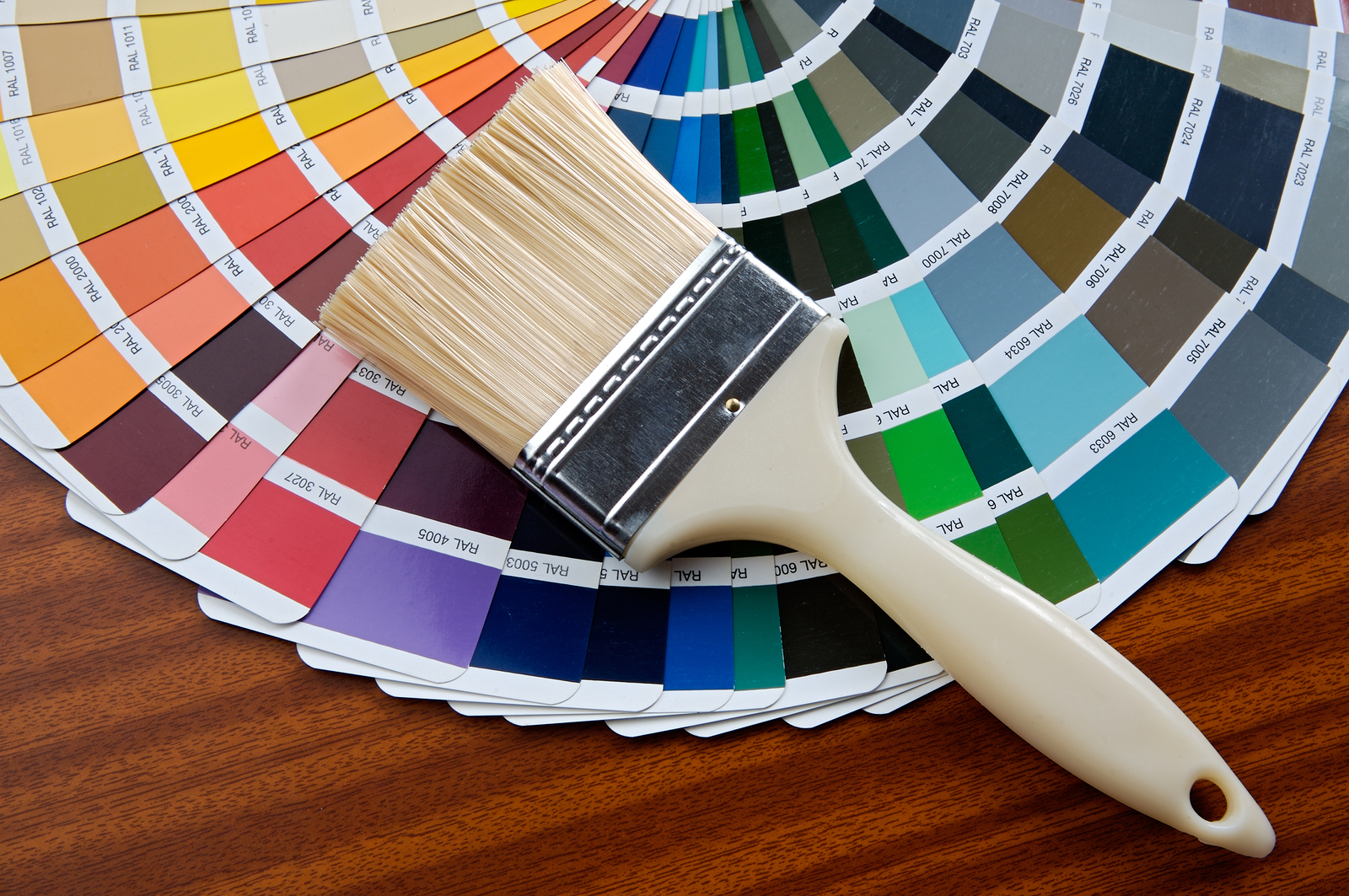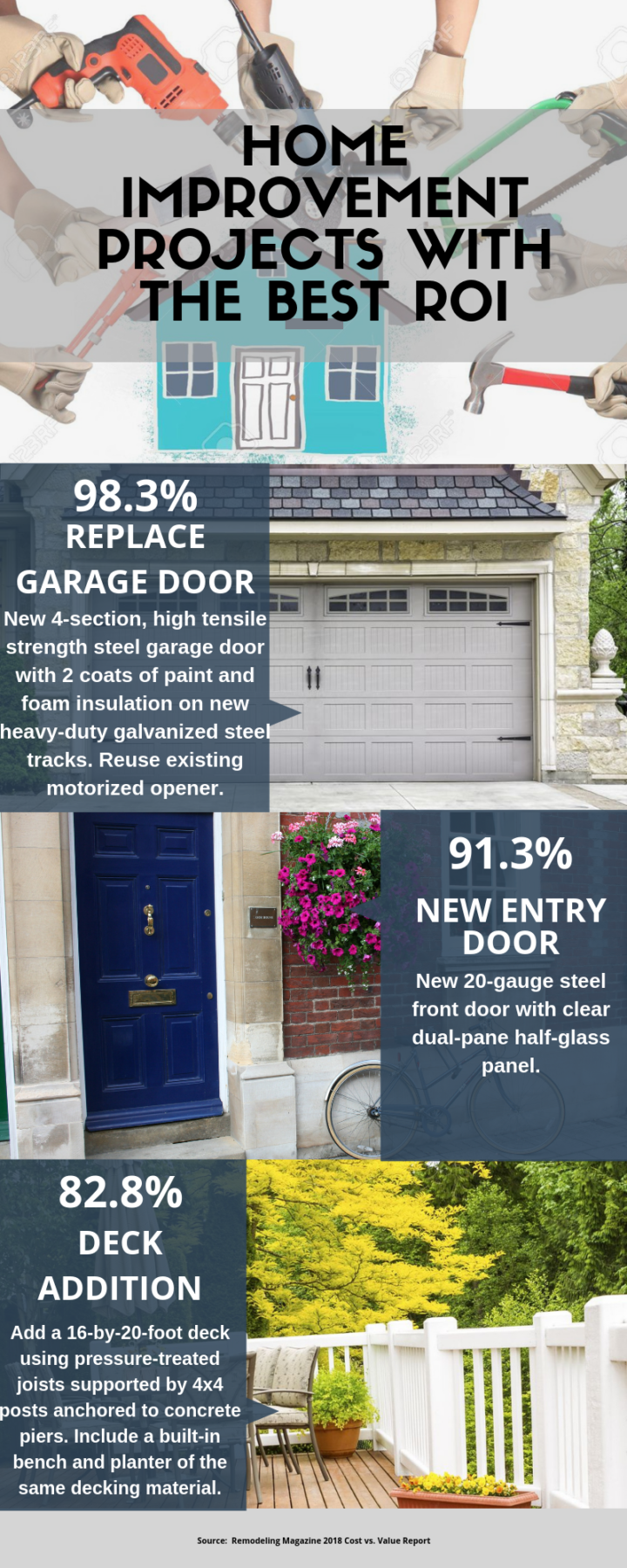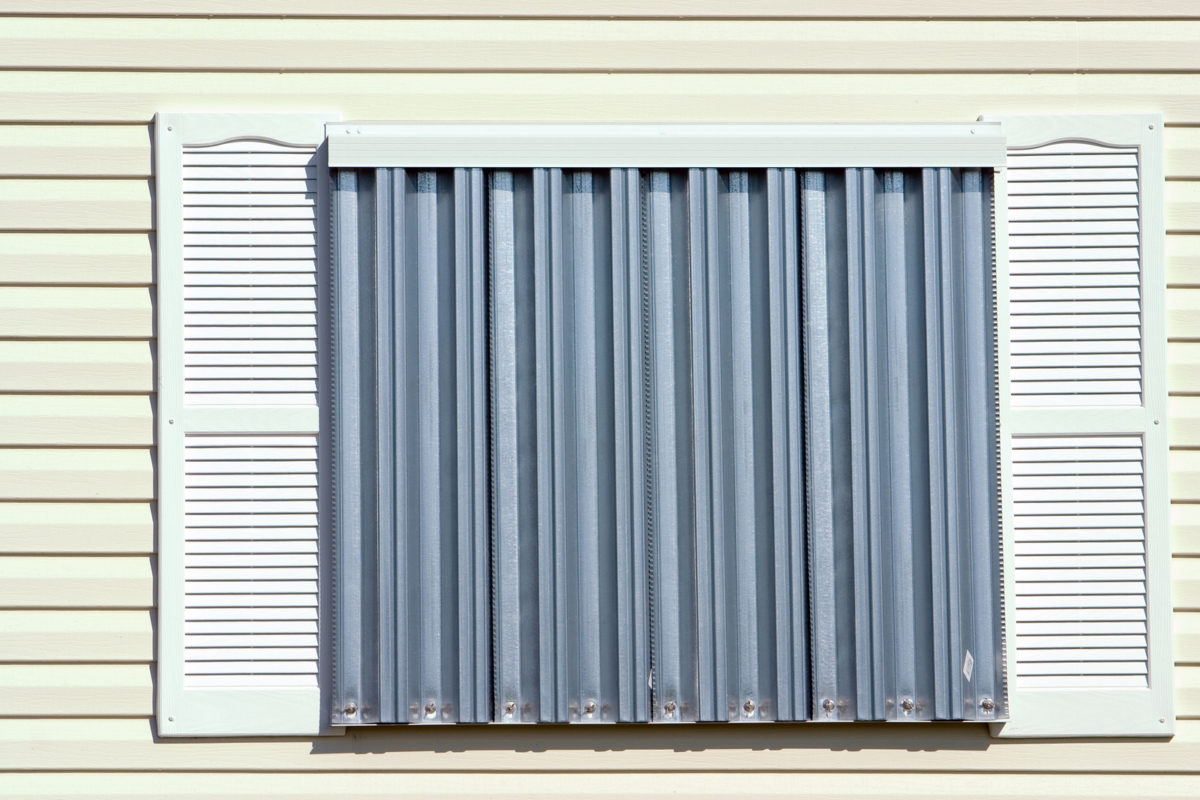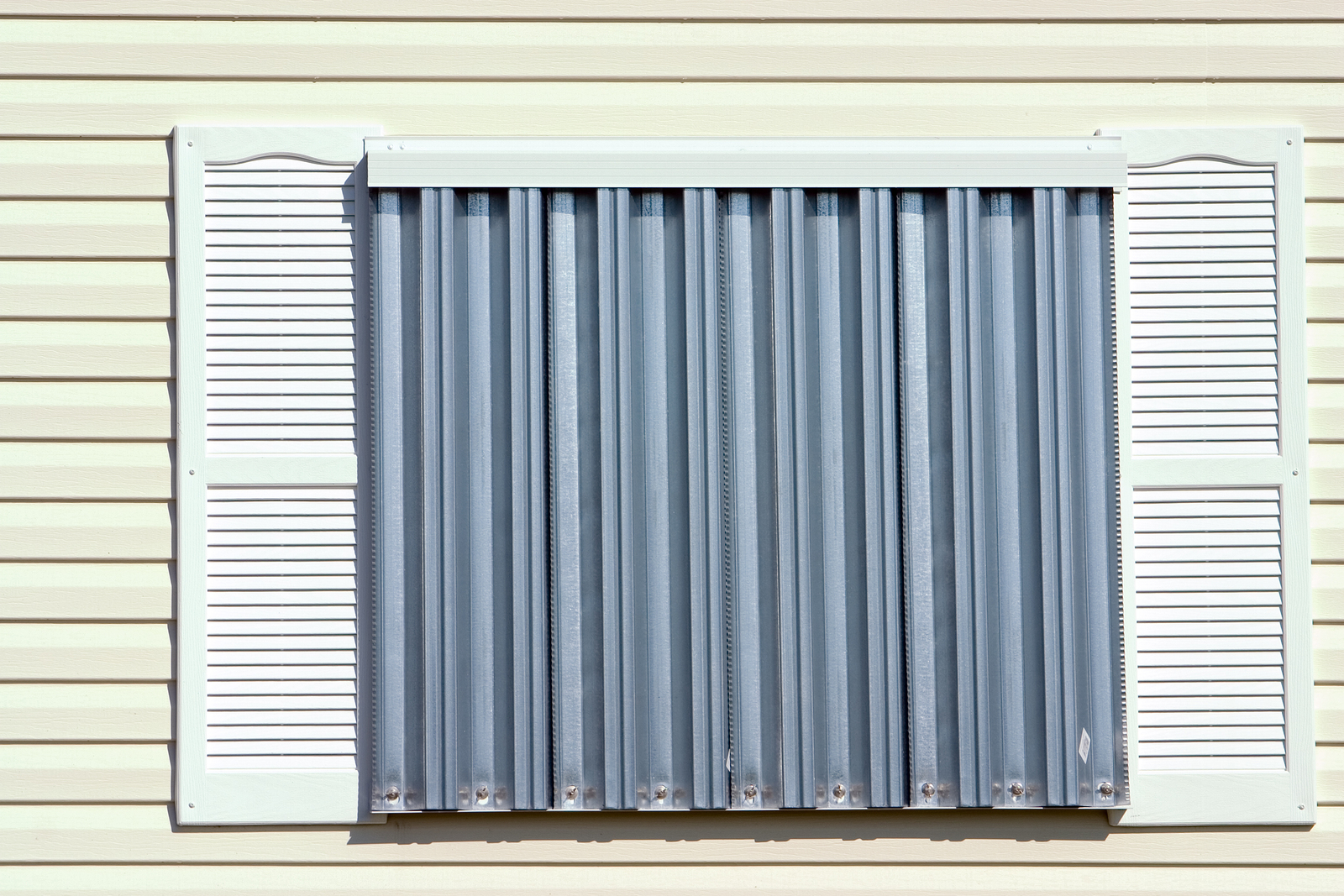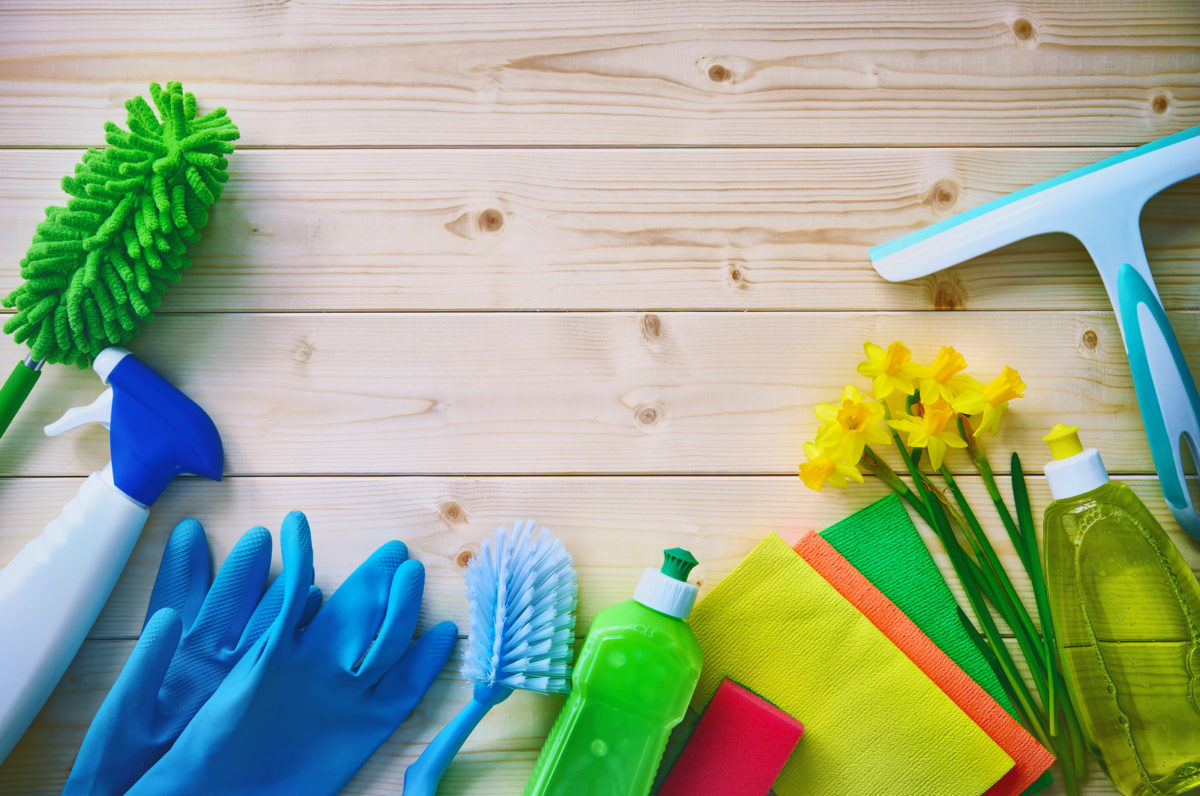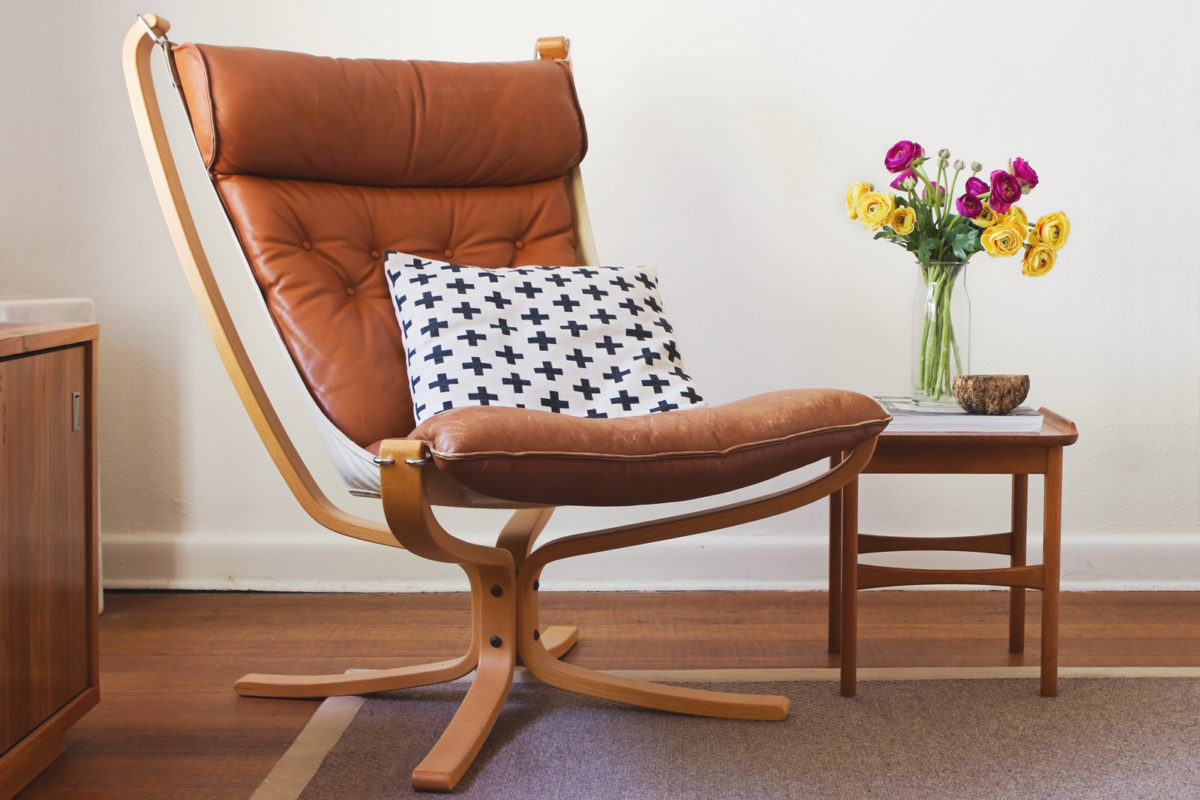Wisteria blooms elegantly along the back fence, temperatures are gradually nudging their way up, grilling season is oh, so close and you’re ready to give your patio or balcony a shot of pre-summer sprucing.
Few things in a busy life feel more luxurious than breakfast on the patio, deck or balcony on a gorgeous spring or summer day, so it’s worth the investment in time, a bit of money and elbow grease to create the patio of your dreams.
This week we offer up 5 steps to get your patio ready for the outdoor-living season.
1. Restore or replace?
If your patio furniture isn’t too terribly shabby, consider restoring it to its former splendor. It’s an easy and inexpensive DIY project, especially if the pieces are made of wood. Wicker or metal furniture are good candidates for restoration as well, but they’ll take a few extra steps.
Use a wire brush or sandpaper to rid metal furniture of built-up grime and rust, thoroughly clean wicker furniture and allow to dry. Then, slap on some gorgeous paint.
The Wicker Woman walks you through the process of painting wicker furniture here. Restoring wood furniture is a snap and you can learn how at Today’s Homeowner.
Need to buy new patio furniture? You can find it at bargain prices at Craigslist.org.
2. Cushions?
It does you no good to refurbish the furniture if you plan on topping it with worn, ratty cushions. New cushions or pillows will add a pop of color and texture. They don’t have to be a budget buster either. Ikea and Walmart carry reasonably-priced cushions.
Prefer to shop online? Check Lowes.com, Amazon.com or Overstock.com.
3. Provide some shade
Your patio will need a shady spot in which to escape the summer sun and there are several brilliant ways to provide it.
If you have money to burn, check out retractable awnings that will cover your patio. Home Depot and Costco offer them. Read up on the pros and cons of retractable awnings at AngiesList.com.
If you’re on a budget, consider shade sails, which you can purchase at the major home improvement stores or online at retailers such as Coolaroo. Even an inexpensive umbrella can provide shade for people and/or plants.
Need some inspiration? Check out these cool ideas on Pinterest.
4. Water and summer – the perfect pairing
Every patio oasis needs some sort of water feature. Waterfalls and fountains are the most popular and you don’t need an elaborate electrical and irrigation system to build one.
Many of today’s fountains are solar-powered, so you won’t need to perform a major electrical system hack to accommodate them either.
Check out the selection at wayfair.com.
Need inspiration? Find it on Pinterest.
5. Light it up
Is there anything better than al fresco dining? And, no, you don’t need to visit our high-end eateries to experience it.
Once your patio is whipped into shape, all you need to do is add lighting to provide the perfect ambiance.
Get ideas on pinterest.com, hgtv.com and yardenvy.com.
If you live in a condo, the board may have restrictions on what you can do with your balcony or patio, so check with them before spending any money.
